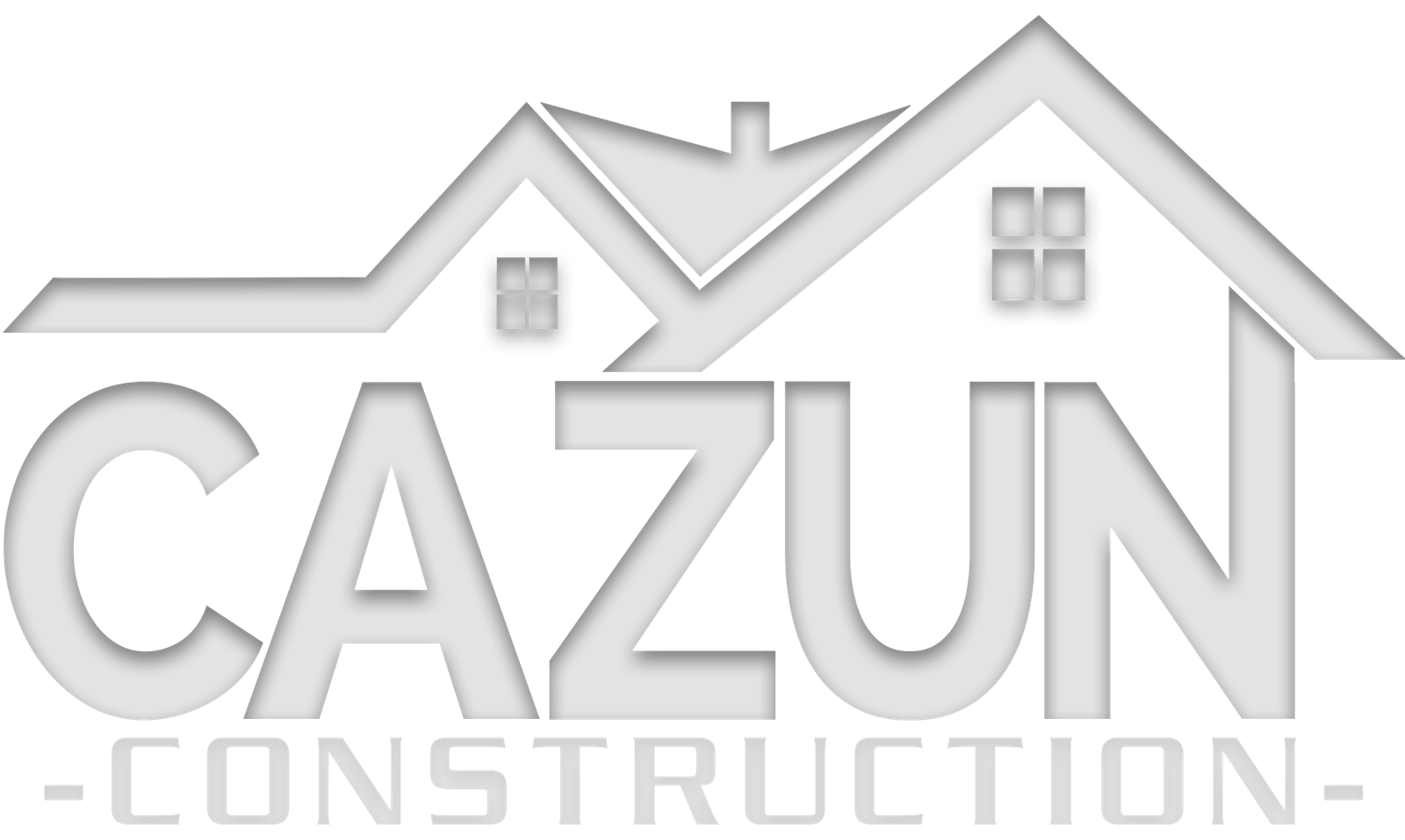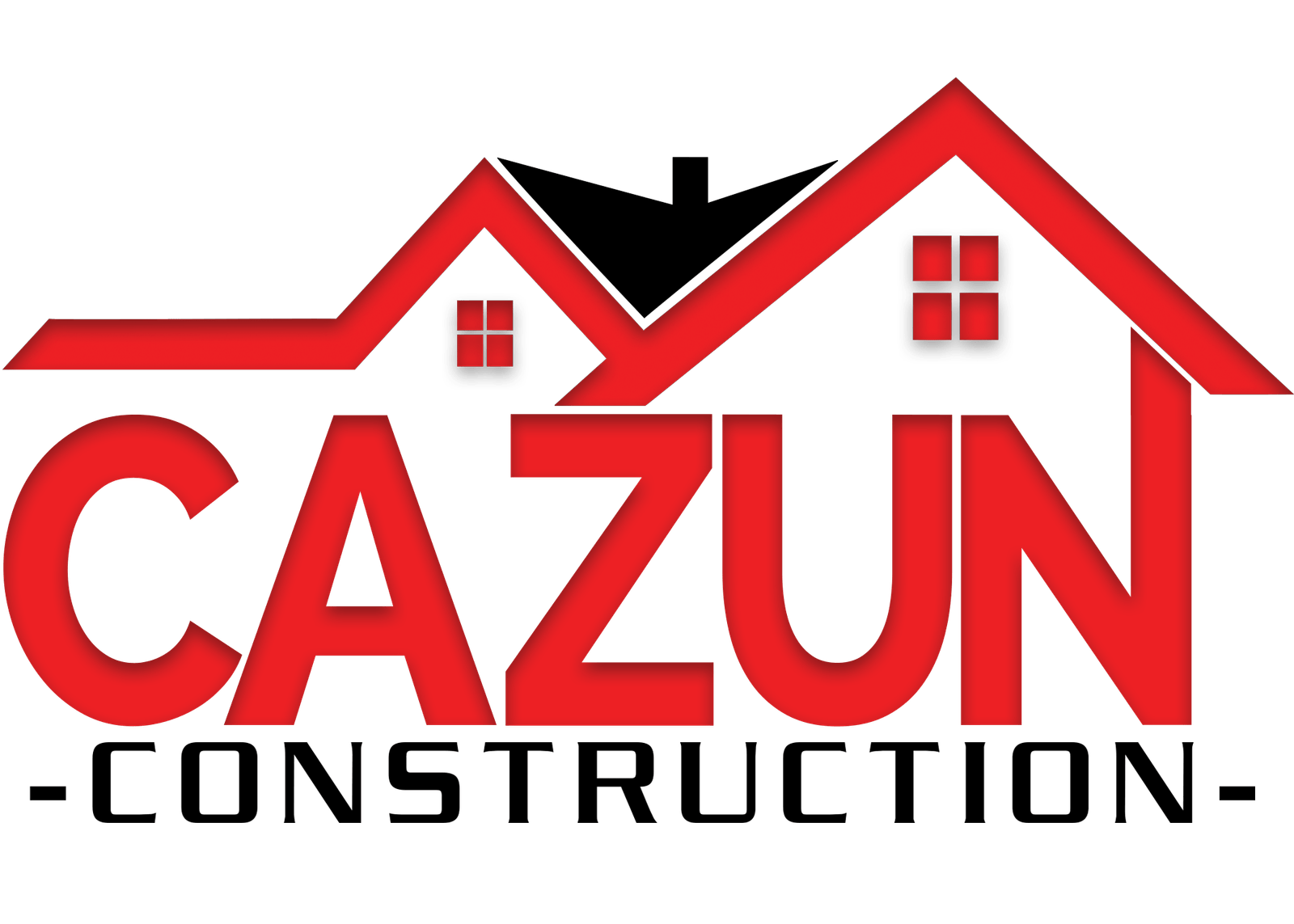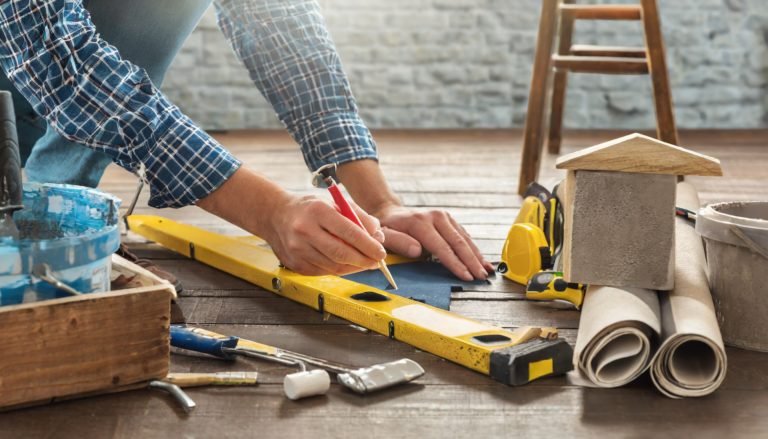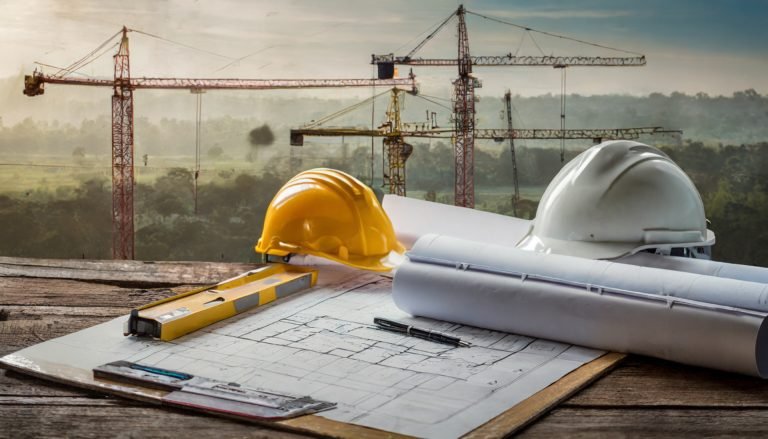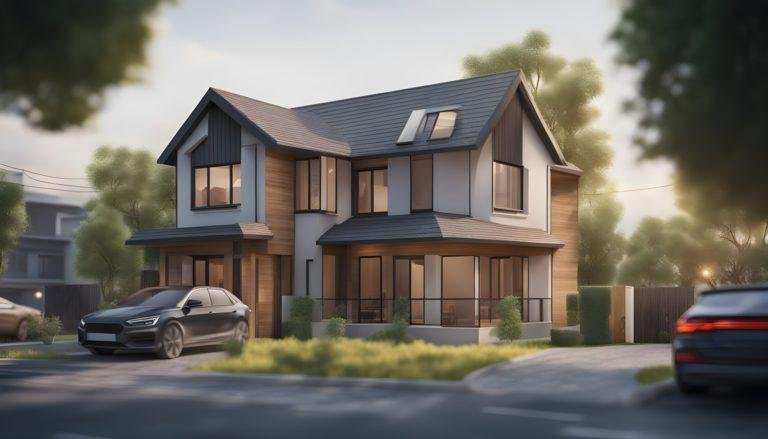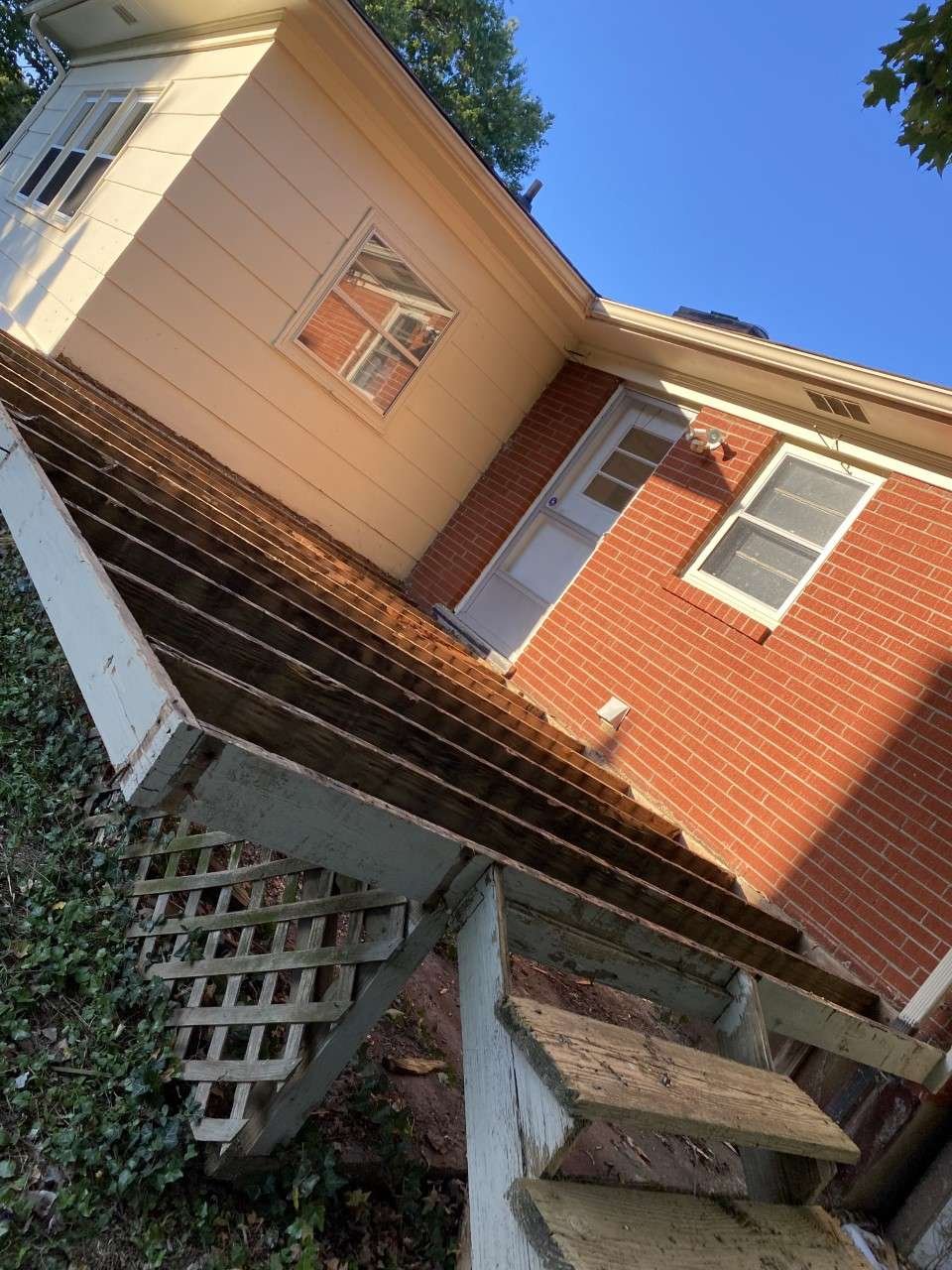
Your home is a valuable asset, and making improvements to it can increase its value even more (not to mention make it more enjoyable to live in). Whether you’re planning to put your home on the market or not, you’re likely to appreciate your home more and make the most of your space when you invest in highlighting its features. Plus, correcting easily fixable problems that reduce the value of your home will remind you what your property is worth.
Nearly two-thirds (65%) of U.S. homeowners believe the value of their home will continue to increase over the next 10 years, according to housing surveys. That may be optimistic, considering that some factors that determine what a home is worth, such as its location and the popularity of that market, are out of your control. If, like 70% of U.S. homeowners, you believe your home is your greatest asset, taking care of it is probably a priority. The good news is that keeping up with repairs and making smart improvements are proven ways to increase home value over time.
The road to selling a home can be a long one. Of course, remodeling doesn’t come cheap, especially in these inflationary times, making it difficult to schedule. A recent survey found that 25% of Americans have delayed home improvements and renovations due to the current state of the economy.
Read on for practical tips you can implement no matter how much you’d like to spend.
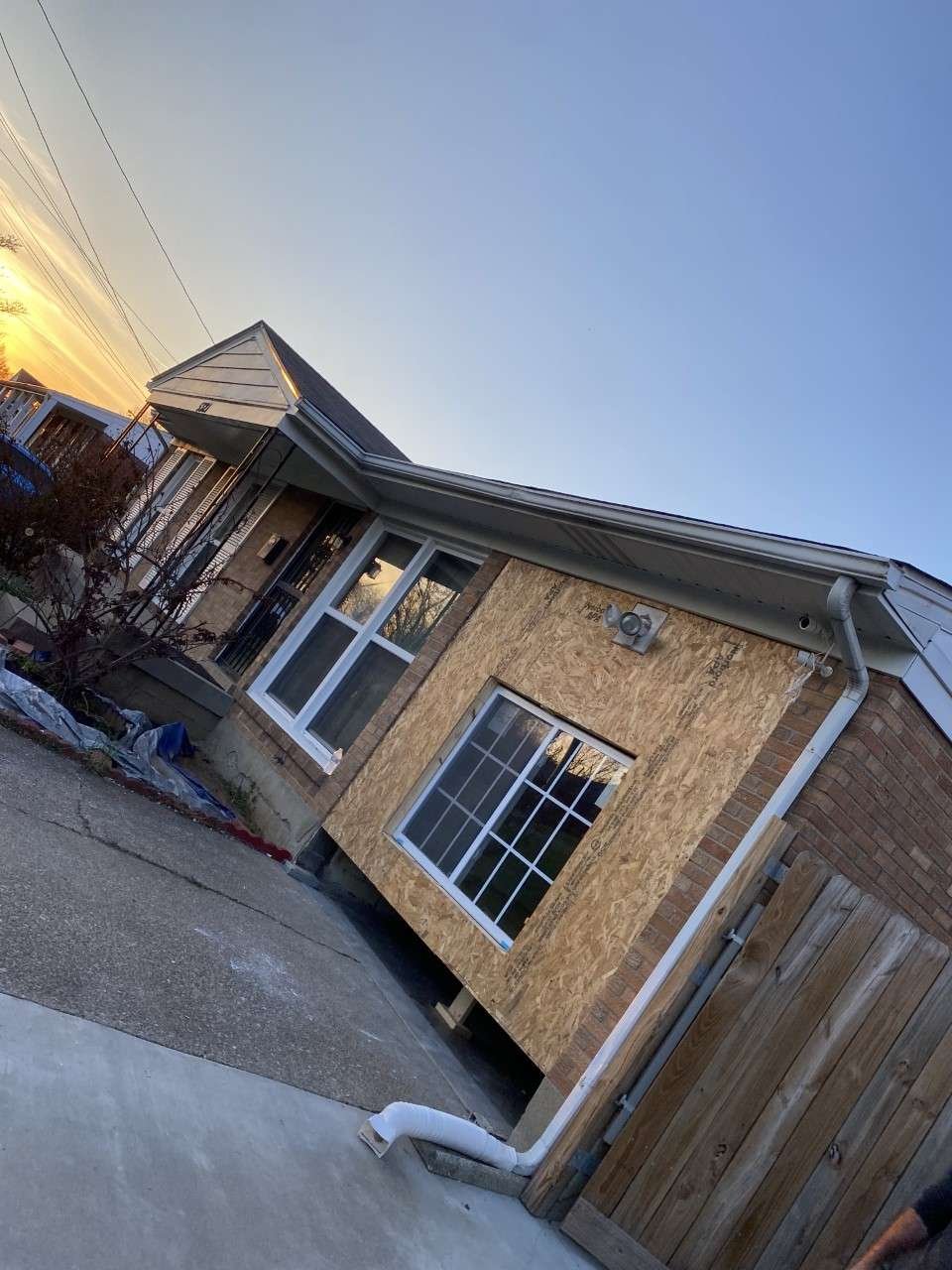
Points to keep in mind:
-Even relatively inexpensive renovations and improvements can enhance the value of your property.
-It is important to determine not only how much a renovation will cost, but how much of that cost you will recover.
-There are multiple options for financing home improvements, such as cash withdrawals and home equity loans.
Some ways to increase the value of your home:
- More attractive:
Curb appeal, how your home looks from the street, is your first chance to make a good impression, the exterior of a home needs to make a prospective buyer want to walk in the front door.
Make sure existing landscaping is well maintained. If your yard looks dull compared to your neighbors, consider planting flowers or repainting the front door.
Once the exterior looks good, focus on the kitchen and bathroom. When these two rooms are outdated, they can prevent a property from reaching its highest valuation.
And you don’t have to jump for heated towel racks or marble floors, either. A minor kitchen remodel recoups 81% of its cost in added value on average, versus 53% for a luxury kitchen remodel with stone countertops, custom cabinetry, and commercial-grade appliances.
The same is true for bathrooms; a mid-range remodel (new flooring and some updated fixtures) offers a 70% return on investment, while a luxury bathroom remodel (heated floors, custom cabinetry, and designer fixtures) sees 56% on average.
- Low maintenance:
Since many homebuyers worry about buying a home that will need constant maintenance, replacing a major component before putting it on the market, such as the furnace, water heater, or even the roof, can calm fears of an emergency repair shortly and help you get a higher price.
Improvements that make things easy to clean and maintain can also increase the value of the home. Consider replacing easily stained carpets with hardwood floors or replacing high-maintenance wood siding with vinyl siding.
- More efficient:
Energy conservation features can have a significant impact on the value of the home, depending on the area of the country in which it is located. Energy-efficient mortgages (EEMs) allow borrowers to take on additional debt to cover both the purchase of the home and energy efficiency improvements.
Consider double-glazed windows, upgraded attic insulation, LED lighting, and efficient appliances as a way to increase home value and attract energy-conscious buyers.
If you’re willing to go bigger, put solar panels on the roof. Thirty-nine percent of agents recently surveyed by the National Association of Realtors said solar panels increased the perceived value of the property. However since solar panels are a big financial and structural commitment, they only make sense if you expect to increase long-term value, not look for a quick boost in resale value.
Schedule an assessment with a certified energy auditor or your utility company to determine where your home is wasting energy and what upgrades will save you the most money.
- Bigger:
Price per square foot is one way it helps clients compare homes that are similar in style and upgrades. Larger homes often have higher values, and even if an appraiser doesn’t officially recognize the full value of the added space, a buyer is likely to notice. Adding a room is the obvious way to make your home larger, but you can also create additional living space by finishing the basement or building a deck.
- Smarter (IA):
According to surveys, security-enhancing devices top the list of “smart” technologies that buyers want in their new homes. These safe and smart devices include thermostats, fire detectors, carbon monoxide detectors, security cameras, door locks, and lighting.
While smart technology doesn’t always increase home value, it adds appeal. Those who see themselves as “techies” are more likely to pay more for these items, Martin said.
Unlike replacing the roof or renovating the bathroom, you can install these devices for about $1,000 or less.
- Find a professional:
Invite a real estate agent or interior designer to look at your home. Many real estate agents will do this as a courtesy, but you will probably have to pay a consultation fee to a designer. Consult with several designers in your area. A standard hourly rate is usually less than $100, and they can give you many ideas for needed improvements in one hour. Even small, suggested improvements, such as paint colors or furniture placement, can go a long way toward improving the appearance of your home.
- Fix it with fresh paint:
A fresh coat of paint can make even outdated exteriors and interiors look fresh and new, and it’s not that expensive either. Start by repainting any room with a color scheme. For example, did you let your 11-year-old daughter paint her room hot pink 16 years ago? If so, that’s a good place to start.
The cost of an interior painting project ranges from $952 to $2,975, with a national average of $1,963, according to HomeAdvisor. Your exact painting budget will depend on the rooms you hope to give a new splash of color. For example, HomeAdvisor pegs painting a bathroom, usually the smallest room in the house, at somewhere between $150 and $350, while a 330-square-foot living room can cost up to $2,000.
An exterior paint job, on the other hand, will cost much more, with prices ranging from $1,810 to $4,443 (the national average is just over $3,000), obviously because of the larger square footage, but also because there is more prep work involved; exterior paints often also cost more and usually require separate primers.
If you just want to repaint a door or a single room, Do-It-Yourself is not the worst idea in the world; it will cost you between $1 and $3 per square foot, which is about half the expense of a professional. Painting is a job where labor often makes up most of the cost. However, for larger jobs, especially exteriors, hiring a painter might be more worthwhile, since professionals can buy paint at wholesale prices, know what type of finishes to use, and are more adept at climbing ladders.
How to pay for these value-enhancing improvements:
When thinking about how to increase home value, root your expectations in reality. Upgrades rarely recoup 100% of their cost, but they can make your family more comfortable and even help your home sell faster.
If you can’t afford to pay for home improvements in cash, make sure you choose the right financing method for you:
- Credit card: Putting home renewals on a credit card can be fine, as long as you can pay off the balance in full in a short period.
- Personal Loan: If you don’t have enough equity for a home equity loan or HELOC, consider a personal loan. The interest rate will be higher than home equity financing, but lower than a credit card in most cases.
- Home Equity Loan or Home Equity Line of Credit: These second mortgages convert the equity in your home into easily accessible funds. Home equity loans are paid in a lump sum, while home equity lines of credit, or HELOCs, are a line of financing that you can borrow against over time. Both home equity loans and HELOCs have interest rates, fees, monthly payments, and tax advantages to consider.
- Cash-out refinance: This popular refinancing option can be a good choice if you want to tap into equity but don’t feel like a second mortgage. Of the 36% of homeowners who reported taking out a cash-out refinance in the NerdWallet survey, more than half (52%) used the funds for home improvements and repairs. A cash-out refinance doesn’t make sense if your equity is limited or if current cash-out mortgage rates are higher than your existing rate. Explore all of these financing options with our home improvement financing calculator.
